Question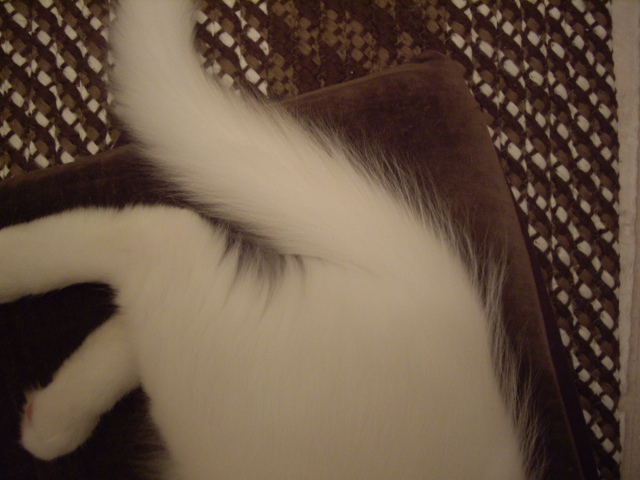 thin, spiny guard hair
thin, spiny guard hair
QUESTION: I took home a kitten who turned out to have giardia/coccidia 3+. It is all cleared up now, after treatment for two weeks and subsequent 4 negative stool samples. However, when I took him home at 8 weeks, he was a longhaired male, but soon after he lost his long fur, and in place was a frizzy thin coat next to his skin, like he was short-haired. Now he is 4 months 1 week, been free of the organisms for a while now, and this frizzy coat is slowly becoming thicker and smoother, but still short. However, he has developed many many "spiny-looking" guard hairs launching themselves way beyond this fur, and there are more coming up. Does this mean that these will fill out and he will indeed become a longhaired cat once again? My vet said that she suspects he will be longhaired again, that the organisms were probably in him for most of his little life, and the malnutrition affected his fur. It looks strange, like long fringe--if you can picture it. He is very healthy now--at 4 months 1 wk, he weighs 5.6 pounds! (Well, I weighed myself and I'm 125.4 pounds, and holding him the scale reads 131.00 pounds even.) So do you agree that the giardia/coccidia could have affected his fur this much? Do you agree that this indicates that the "spaces" between these guard hairs will fill in and he'll have long fur again eventually? With all my other kittens, their fur was very long at three months, of which they kept right up into adulthood. But they never had these organisms to content with!! Thank you very much!! Stephanie
ANSWER: Hi Stephanie,
Any illness can DEFINITELY affect the coat condition very severely, especially ones that cause malnutrition like coccidia and giardia. I have had kitties that won't grow shaved patches back for a year, until their health has stabilized. And guard hairs grow in much more quickly than the undercoat does. The kitten coat is not always an indicator of what we'll see in an adult cat, so sometimes we're in for a complete surprise. But I would agree with your vet that his undercoat is likely to grow out a lot more, and it looks to me like he will be a semi-longhaired cat (some people will call it a domestic medium hair).
Best wishes, and congratulations on the little one!
Jessica
---------- FOLLOW-UP ----------
QUESTION: Thank you for answering me so promptly.
Will his undercoat grow as long as these guard hairs? I mean--do guard hairs indicate how long the coat will become? It seems everyday that these spiny hairs are getting longer. He was at the vets 10 days ago, and he had very little guard hairs, and now they are springing up everyday. They are just so much longer than his undercoat and it looks so funny,the picture didn't really do it justice. And why does malnutrition cause his hair to frizz? Just curious...Thank you so much again!!
AnswerHello again!
His undercoat will not grow as long as his guard hairs. The guard hairs serve a bit of a sensory purpose and detect motion and objects around them, so they will always stand out a bit longer than the rest of the coat. In some cats, they are much longer. The under coat is the practical coat which serves as insulation against heat and cold, etc. I suspect he will have a lot of long, wispy guard hairs with a medium length under coat. In my opinion, these are really beautiful cats with an amazingly soft, downy appearance.
When a cat is malnourished, all the energy he does receive goes toward maintaining the body's absolutely essential functions, such as heart and brain function. The "non-essentials," such as skin/fur and even eye health, especially in kittens, suffer. A kitten sheds his coat around 12 weeks of age to start growing in his adult coat. But if he is suffering from a disease or is malnourished, his body may not have the energy to grow in a healthy adult coat after his kitten coat is shed. The new coat may be slow to grow or it may be of an overall poor quality - dull and frizzy instead of sleek and shiny. The fact that he's quickly growing guard hairs seems to indicate that his body is now able to allocate plenty of energy toward his skin and fur. The under coat takes a little longer to catch up, but I think you should see that start to come in soon. If the fur that has already come in is of a poor quality, this should be corrected after his next shed, in the spring. His spring coat should come in nice and sleek.


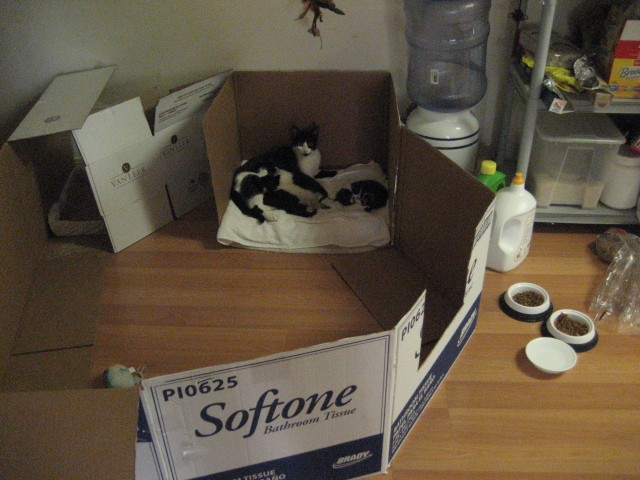 mother cat needs?
Questionplay area
QUESTION: hi Jessica, my mothe
mother cat needs?
Questionplay area
QUESTION: hi Jessica, my mothe
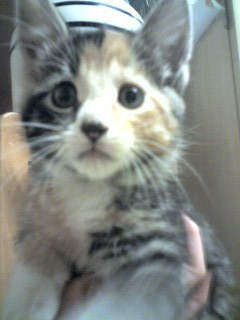 my first kitten
QuestionQUESTION: hi im just wondering if u know what k
my first kitten
QuestionQUESTION: hi im just wondering if u know what k
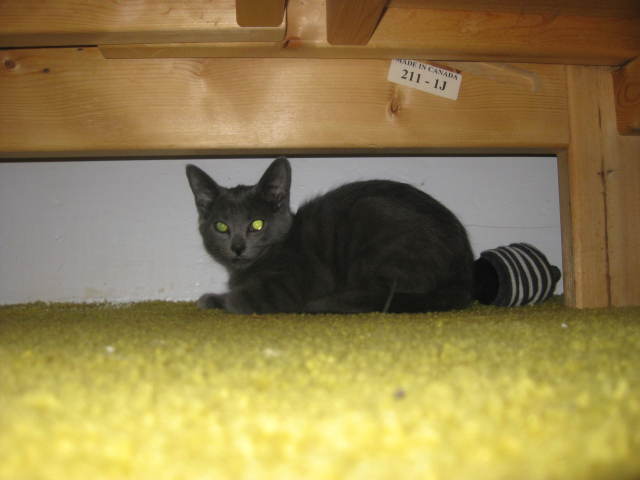 Shaking? Or is it from her purr?
Question
Prada Under our bed
We just adopted a Himalaya
Shaking? Or is it from her purr?
Question
Prada Under our bed
We just adopted a Himalaya
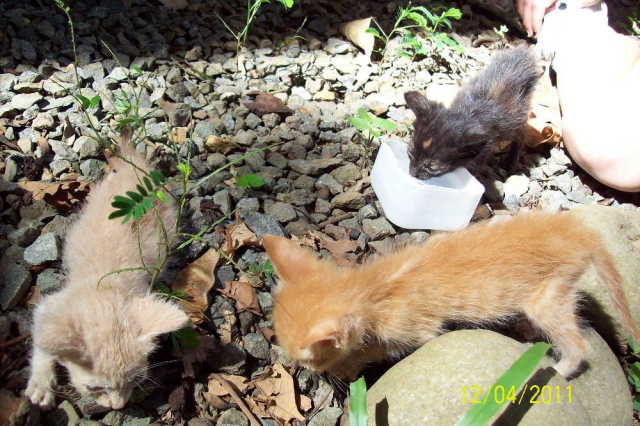 Orphaned baby kittens in the rainforest
Question
kittens
Hello,
My wife and I are volunteers in
Orphaned baby kittens in the rainforest
Question
kittens
Hello,
My wife and I are volunteers in
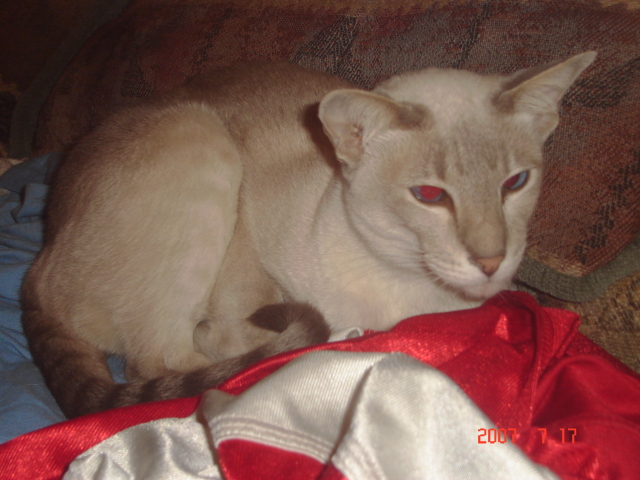 Siamese tracks feces around the house
Question
Dirty Foot
I recently adopted a wonderf
Siamese tracks feces around the house
Question
Dirty Foot
I recently adopted a wonderf